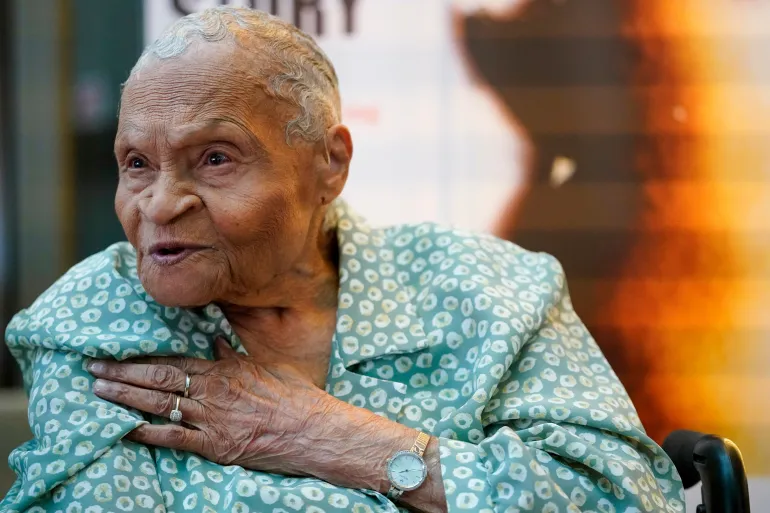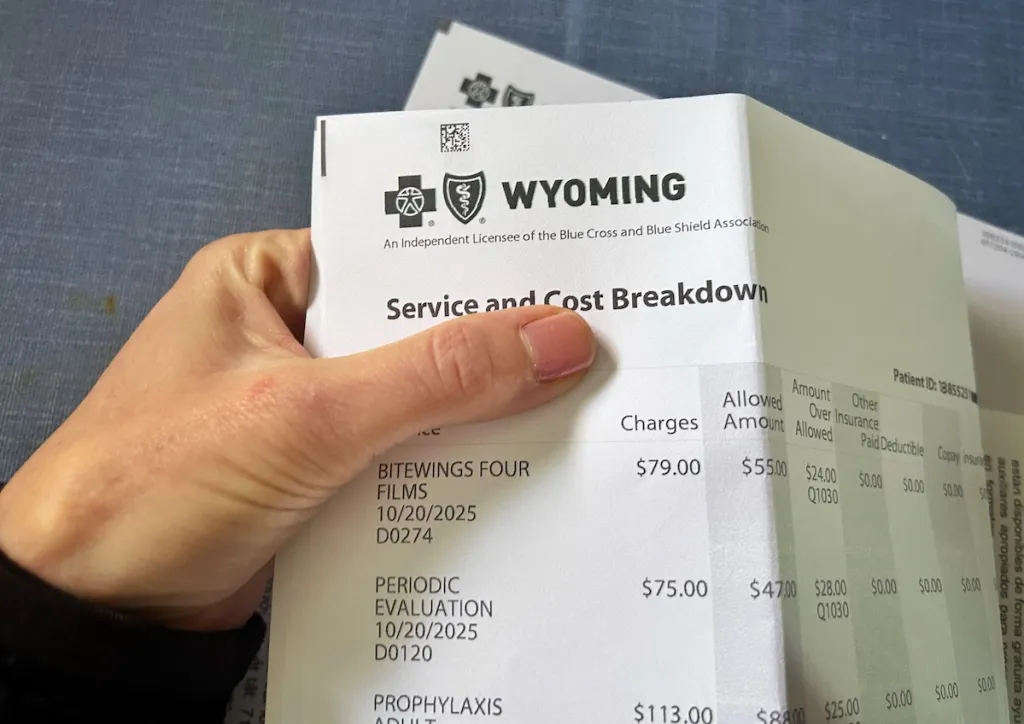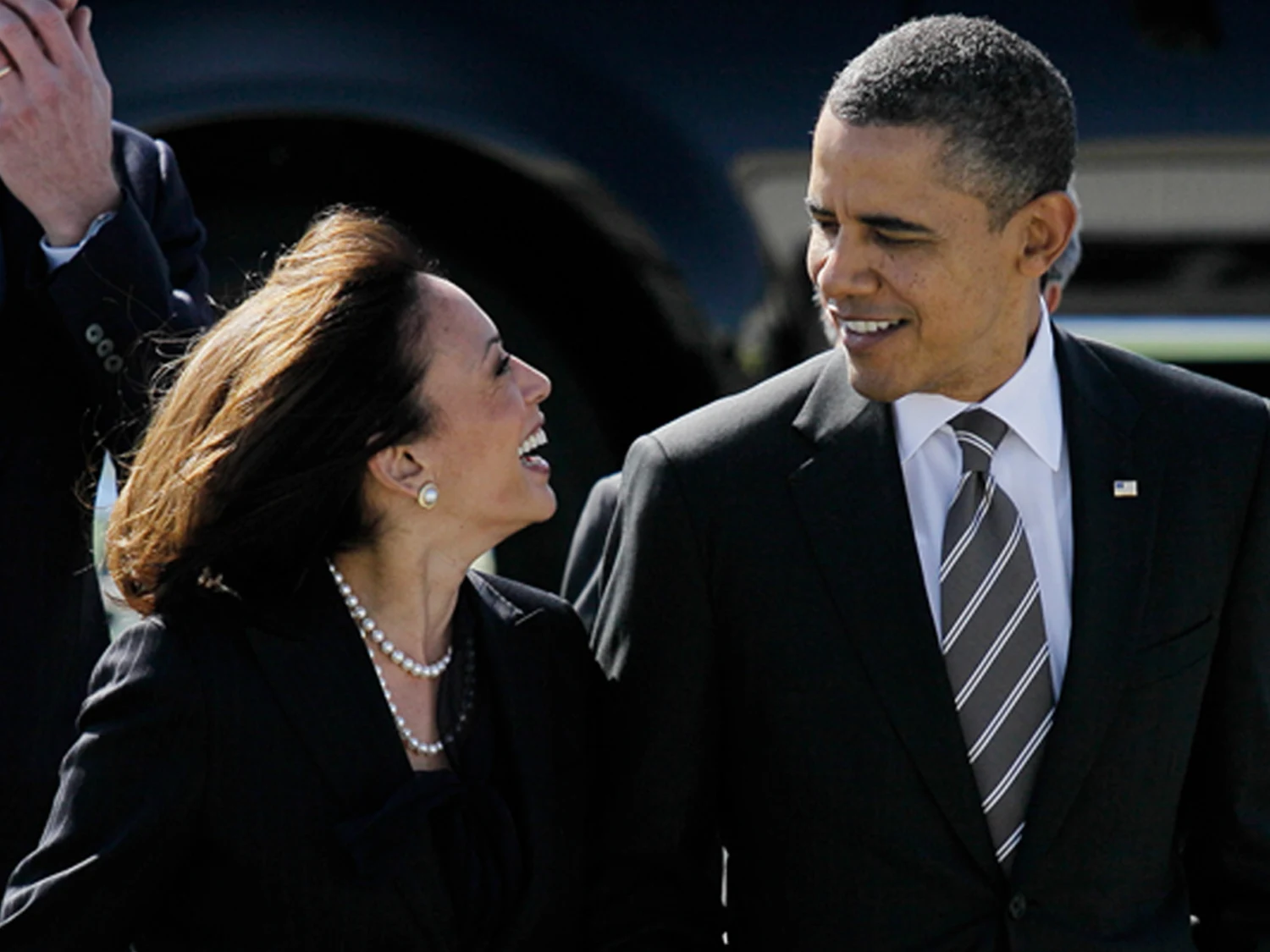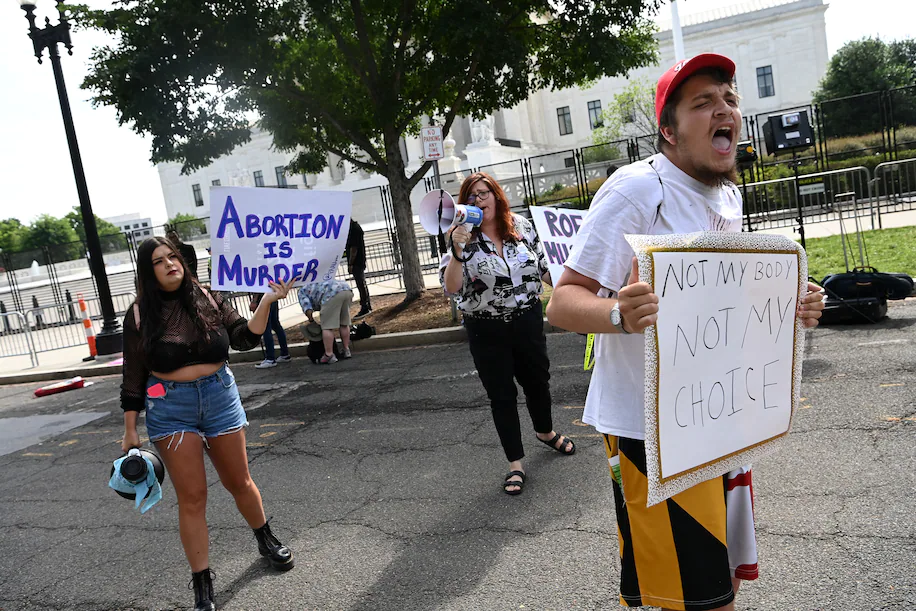What’s the “right” number of kids in a classroom?
In Wyoming, that question isn’t just about teaching style or personal preference anymore. It’s baked into the state’s school funding formula, and lawmakers are taking a hard look at it as they recalibrate how much money districts get — and how many teachers that money is supposed to cover, Gillette News Record reports.
Educators say there is a sweet spot, at least for the younger grades. It’s not 10. It’s not 25.
For many, the magic number is 15.
Kaycee School Principal and longtime teacher Liz Fauber has taught very small classes — fewer than 10 kids — and more crowded ones. For her, 15 students feels just right.
“Teachers that have 20 kids in their classroom are like, ‘You’re so lucky, I have 20 kids,'” Fauber said. “There’s a happy medium between that, and 15 in my eyes is the magic number.”
Why 15? It’s not just a vibe. It’s practical.
“Fifteen kids because you can make three good groups, whether you’re doing intermixed (skill) groups or you’re doing high and low groups,” she said.
With 15 kids, Fauber says, you can build groups that actually work: a mix of high, medium, and lower-performing students who can learn from each other — and not just from the teacher.
“It’s really awesome as a teacher to have kids at all levels and put them into a group, so you have your high, your medium, your low, and then you watch them interact and teach each other,” she said. “And when they can teach each other, they’re learning it at a deeper level. … When you have small classes, though, you don’t get that.”
Too few students, and you lose that peer-to-peer learning. Too many, and it’s hard to give anyone much individual attention.
Meadowlark kindergarten teacher Jessica Kavitz has her own favorite number: 16.
Why 16? Groups of four.
“Four students in a small group is a number that seems to allow for a lot of positive student-teacher interactions and allows for students to get strong instruction to meet their needs,” she wrote in an email.
Kavitz has felt the difference firsthand. Last year she had 19 students. This year she has 15.
“Every class of students is made up of very unique individuals and individual needs, and it is ‘easier’ to meet all of these needs with a class of 16 or less,” she wrote.
In early grades, it’s not just about instruction — it’s about time. A lot of kindergarten assessments are one-on-one, which means each extra student adds real minutes and hours.
“Another thing to consider, especially in the lower grades, is (the) amount of time it takes to assess students,” she wrote.
With a smaller class, those one-on-one assessments are much more manageable.
It’s not just teachers’ gut feelings. The number 15 is also backed by research for kindergarten through third grade, according to Picus, Odden & Associates, the consulting firm Wyoming has hired to help recalibrate its school funding model.
Their review points to multiple randomized control trials — the “gold standard” of research — showing that having about 15 students per core teacher in K–3 leads to better learning outcomes.
That research is a big reason why the consultants are recommending that the state’s funding model assume a 1-to-15 student-to-teacher ratio for those early grades.
Right now, the model is built around:
- 1-to-16 from kindergarten through fifth grade;
- 1-to-21 for grades six through 12.
But there’s an important caveat: the model doesn’t require districts to stick to those ratios. It just uses them to figure out how many full-time employees a certain number of students will “generate” in the formula.
On paper, changing the “ideal” class size by just a few students can make a huge difference.
For example, take 75 students:
- If the funding model assumes class size of 15, those 75 students would generate five full-time core teachers.
- If it assumes class size of 25, those same 75 students would generate three full-time core teachers.
That’s not just a math problem — it’s a staffing and salary problem.
If the state bumps up assumed class sizes in the model, districts get funding for fewer teachers. They can respond by:
- Actually increasing class sizes to match the model,
- Or keeping smaller classes and stretching the money thinner — often by limiting salary growth.
That’s why superintendents are watching these recommendations closely.
For kindergarten through third grade, consultants say the evidence is strong: a 1-to-15 ratio helps kids.
For fourth grade and up? The research picture gets a lot fuzzier.
“Like elementary class size, the public and educators continually press for smaller secondary class sizes,” the consultants wrote.
Many previous panels have recommended class sizes in the high teens or low 20s for older students.
“But,” they added, “there is, to our knowledge, no RCT research on the impact of small class sizes in grades 4–12.”
Without that randomized trial data, the consultants turned to what they call “standards and practices from various professional groups” — essentially, what high-performing schools are already doing.
They point to successful charter schools where class sizes in grades 4–12 are about 25 students per core teacher. That’s the number they’re now recommending Wyoming adopt in its funding model for those grades.
If lawmakers follow that advice, the model would:
- Lower the ratio in K–3 from 1-to-16 to 1-to-15, and;
- Raise the ratio in 4–12 up to 1-to-25.
That would almost certainly mean less funding for teachers in upper grades — unless the Legislature offsets it in some other way.
Johnson County School District No. 1 Superintendent Charles Auzqui is hoping lawmakers keep the current ratios in place, especially for the upper grades. If they don’t, he says the district may have to rethink its own class sizes to stay competitive on salaries.
“The driving factor for me is getting a competitive salary,” Auzqui said.
There’s a basic seesaw at work:
- Smaller classes usually mean more teachers, which spreads money out and can make it harder to raise salaries.
- Larger classes mean fewer teachers, which can free up cash for higher pay — but changes what classrooms look and feel like.
Many Wyoming districts have already nudged class sizes above what the current state model assumes, explicitly to boost teacher salaries.
Johnson County hasn’t gone that route yet, but Auzqui says that could change if the Legislature adopts the consultants’ recommendations.
This year, the district raised its base teacher salary from $47,500 to $49,000. It still trails nearby districts:
- Campbell County School District No. 1: base salary $56,000;
- Sheridan County School District No. 2: base salary $54,000.
To close that gap, Johnson County may eventually have to make the same tradeoff others have made: slightly bigger classes in exchange for better pay.
Lawmakers won’t vote on any recalibrated funding model until the upcoming legislative session. And even then, nothing is guaranteed. Historically, the Legislature hasn’t adopted every recommendation made by its consultants.
Still, the debate over “ideal” class size is more than a philosophical one. It’s about:
- How many teachers schools can afford to hire;
- How much those teachers can realistically be paid;
- How much individual attention students get;
- And how classrooms might change, especially for older students.
For the educators living this every day, the answer isn’t simple — but the numbers matter.
Ask Fauber, and she’ll tell you: 15 students in a room means rich group work and time to build relationships. Ask Kavitz, and she’ll say 16 or fewer makes it “easier” to truly meet each child’s needs, especially when so much of kindergarten is one-on-one.
Ask a superintendent, and the conversation quickly turns to ratios, salaries, and what kind of tradeoffs districts are willing — or forced — to make.
For now, one thing is clear: in Wyoming’s classrooms, the headcount is no longer just a roll call. It’s policy.









The latest news in your social feeds
Subscribe to our social media platforms to stay tuned